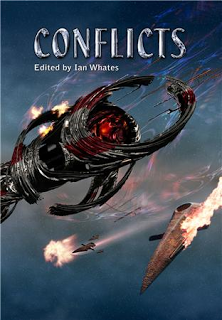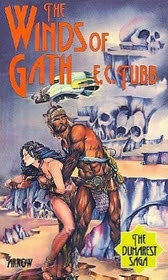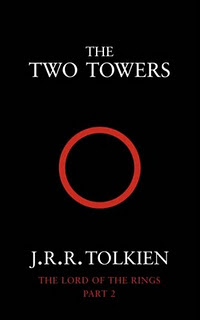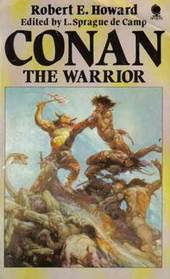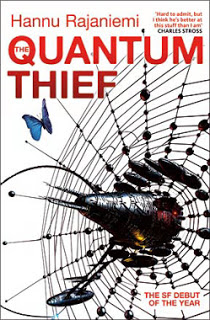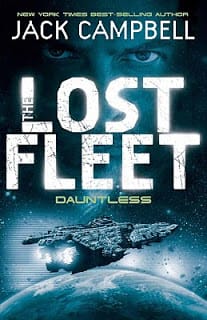We went to watch The Girl with the Dragon Tattoo yesterday – a film we were looking forward to after seeing that Daniel Craig was in it, and after one glimpse at the actress playing Lisbeth Salander. The title sequence was gobsmacking: James Bondish but in an oily and dark and somewhat disturbing way, thereafter I found the music a bit annoying at first and got that feeling of, ‘Oh dear, they’re doing the intrusive music to cover the crap content,’ but this turned out not to be the case.
As Blomkvist Daniel Craig was excellent, but then he’s excellent in just about any role he takes, though of course he is always Daniel Craig. I’d add that he was excellent in Quantum of Solace and that the reason the film was crap had more to do with the story and direction. Rooney Mara, as Salander, was simply brilliant. I think my criticism of the Swedish version was that both these roles weren’t filled adequately and, certainly, the Salander of that version wasn’t anywhere near enough as edgy, dangerous and disturbing. I reckon it was Mara’s bleached eyebrows that tipped it. The rest of the cast were great too. Christopher Plumber of course could be relied on to deliver the goods, and Salander’s new guardian did a very good job of being thoroughly detestable.
I could see where bits of the book had been excised and I could understand the reasons why. A large book of course has to be cut to fit into the film format and the need for the plot to head in a relatively straight line to the end. I was slightly annoyed by the cutting of what I will call the ‘Australian bit’ but even then could see why it might have been removed. It didn’t fit the tone and texture of the film and was, in essence, after the dramatic ending – subtext.
Thoroughly recommended.

